Harmanpreet Kaur: The Image That Made a Nation Smile After India’s World Cup Triumph
Harmanpreet Kaur and a Moment That Became More Than a Trophy Shot
When India clinched its first-ever ICC Women’s World Cup title, the moments of joy were many — the match-winning catch, the tearful hugs, the stadium erupting in celebration. But one image from the days that followed captured something different: intimacy, pride and a clear message about inclusivity. India captain Harmanpreet Kaur posted a photo of herself beside the World Cup trophy wearing a T-shirt that read, “Cricket is Everyone’s Game.” The picture quickly went viral and resonated beyond sport.
What the Photo Showed (And Why It Mattered)
The photograph was simple but striking. Harmanpreet Kaur was pictured resting next to the gleaming trophy, the slogan on her T-shirt acting as the caption even before words were read. Her Instagram caption underlined the sentiment: “Some dreams are shared by a billion people. That’s why cricket is everyone’s game.” That line reframed the victory — not as just a national milestone but as an invitation to everyone who loves the sport.
Short, human moments like this do two things. They bring fans closer to the athletes they admire, and they turn a sporting achievement into a cultural moment. For many, the image communicated humility and ownership at once — a captain who celebrated with the nation, but also with a message that the game belongs to all.
Why “Cricket is Everyone’s Game” Struck a Chord
Harmanpreet Kaur’s choice of words tapped into ongoing conversations about access, representation and visibility in sport. Women’s cricket has fought for recognition, sponsorship, media coverage and equal facilities for years. A World Cup win on home soil is a powerful answer to that struggle, and the photo amplified it.
Fans, commentators and former players reacted quickly online. From grassroots coaches to young girls in small towns, the slogan became an encouragement — a reminder that cricket is not reserved for a few but belongs to anyone willing to pick up a bat or glove.
The Big Picture: How India Won and Who Shone
The image is powerful because it followed a dominant team performance. India beat South Africa in the final to lift the trophy, sealing the win with a sensational catch that ended the match and set off national celebrations. Key contributors in the tournament and final included Shafali Verma, who produced a match-winning batting display, and Deepti Sharma, who finished the tournament with an outstanding all-round showing. Their performances helped turn a long-held dream into reality.
This context—an historic first title, decisive individual performances and a dramatic finishing moment—made Harmanpreet Kaur’s photo feel like more than a post-match portrait. It became a symbol of a milestone in Indian sport.
The Trophy Moment and the Presentation
The trophy presentation itself was memorable. Footage of Harmanpreet Kaur dancing a brief bhangra before receiving the trophy and sharing a heartfelt moment with officials and teammates quickly spread online. Those spontaneous, culturally-rooted reactions added to the feel-good narrative that followed the win. The combination of high-quality cricket and authentic celebration made the story hard to ignore.
Social Media Reaction: From Fans to Leaders
Within hours of the post going live, social media lit up with praise. Fans shared screenshots, created memes, and echoed the phrase “Cricket is everyone’s game.” Media outlets ran feature pieces highlighting the humanity of the moment and how the image reinforced the collective pride felt across the country.
Public figures and sports legends also reacted, praising the team’s journey and Harmanpreet’s leadership. Coverage highlighted how the image simultaneously celebrated the sport and invited broader participation — a useful narrative for cricket administrators, sponsors and community programs looking to grow the game.
What This Means for Women’s Cricket in India
A symbolic post is only as valuable as its follow-up. The goodwill generated by Harmanpreet Kaur’s image creates momentum for concrete action: improved grassroots coaching, investment in women’s leagues, better media coverage and greater sponsorship interest. The message is now in the public domain; stakeholders who want to grow the sport can use this moment to build sustainable programs that open doors for more players.
For young girls watching, the sight of their national captain cradling the World Cup trophy and proclaiming inclusivity is a direct incentive — it says clearly that cricket isn’t out of reach.
Harmanpreet Kaur’s Leadership: On and Off the Field
Harmanpreet Kaur’s leadership in the tournament was visible in clutch performances and on-field decisions. Off the field, public gestures like the photo add another dimension to her captaincy: cultural leadership. She didn’t just lift a trophy; she voiced an idea about the sport’s future in India.
That dual role—matchwinner and ambassador—strengthens the message that cricket’s growth depends on role models who both perform and inspire.
Takeaway: A Picture That Calls for Action
The image shared by Harmanpreet Kaur is more than a viral moment. It’s a snapshot of potential. It underscores the responsibility that comes with success: to turn admiration into opportunity. Fans will remember the catch, the trophy and the celebrations. But the lasting legacy may be what follows next—investment, access and a generation inspired to pick up a bat because they believe the game is, truly, for everyone.
Closing — Why This Matters Beyond Sport
Sporting triumphs are often measured in records and medals. But sometimes a single image expands the victory. Harmanpreet Kaur’s photo with the World Cup trophy did that. It distilled joy into a message that invites inclusion, participation and pride. For a country where cricket is already a shared passion, this image is both a celebration and a prompt: if cricket is everyone’s game, what will we do to make that real for the next billion dreams?
Also Read: Paresh Rawal on National Awards: “Lobbying Happens at Oscars Too”
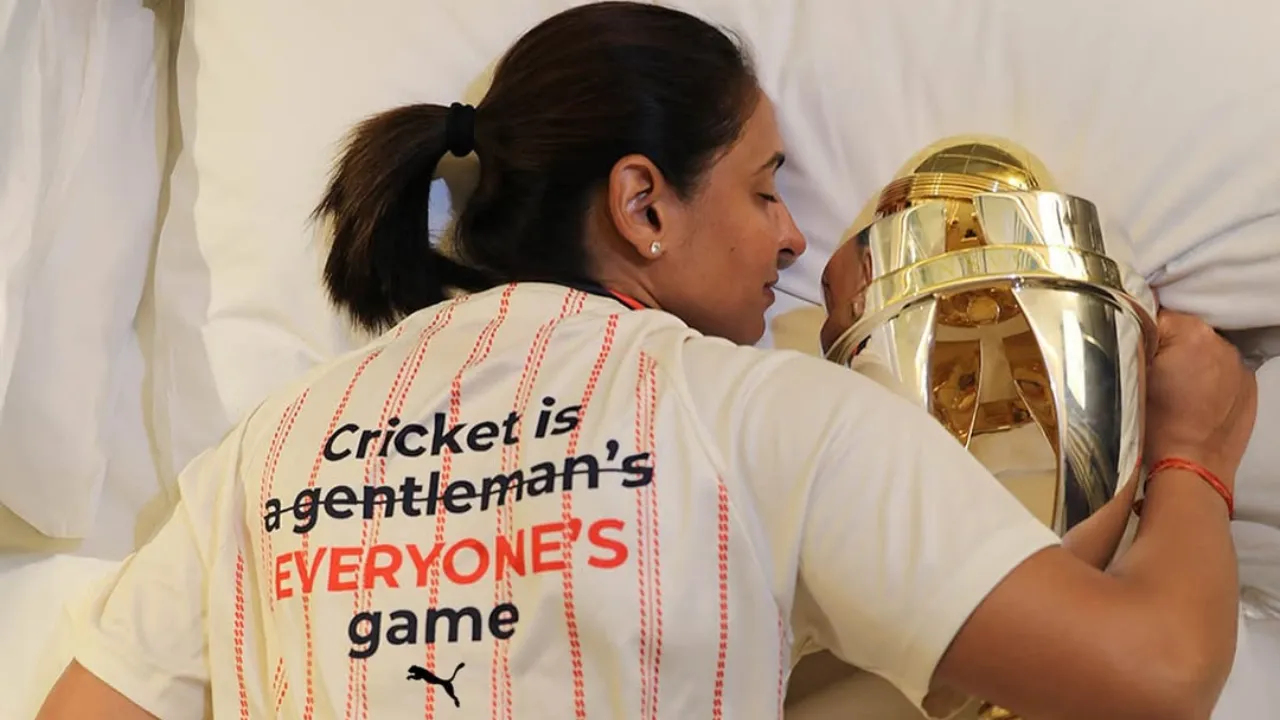




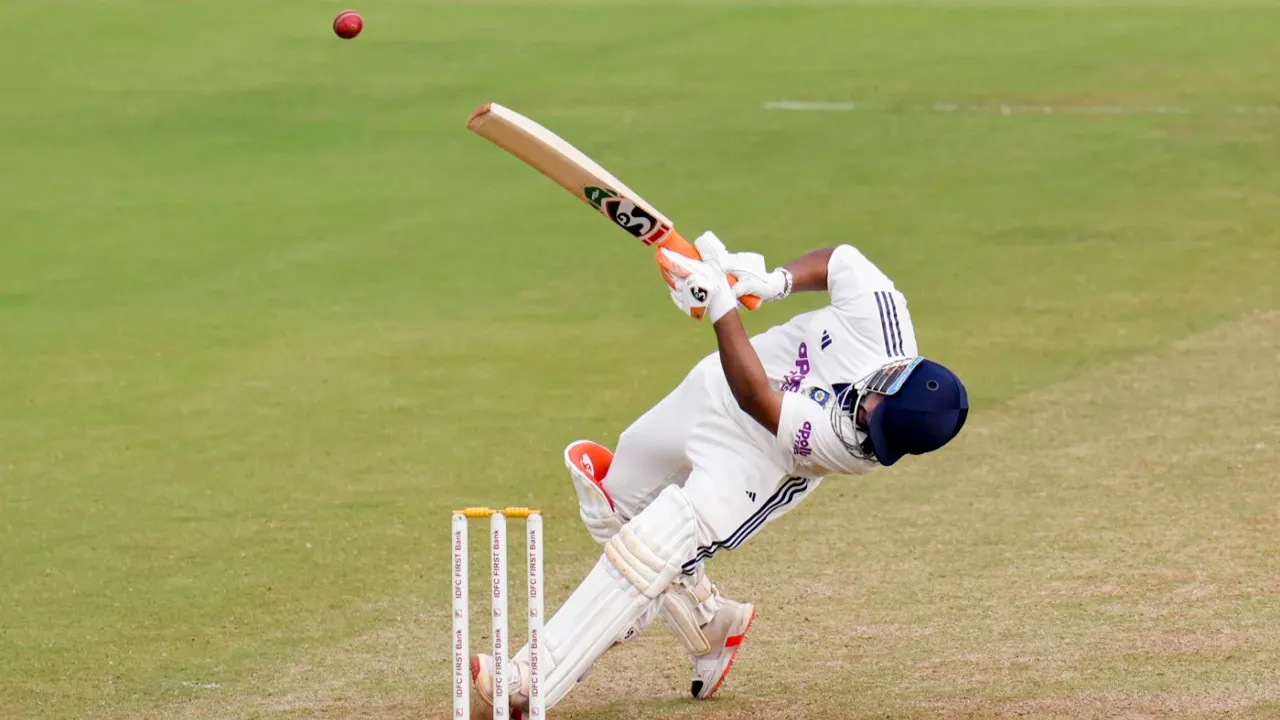
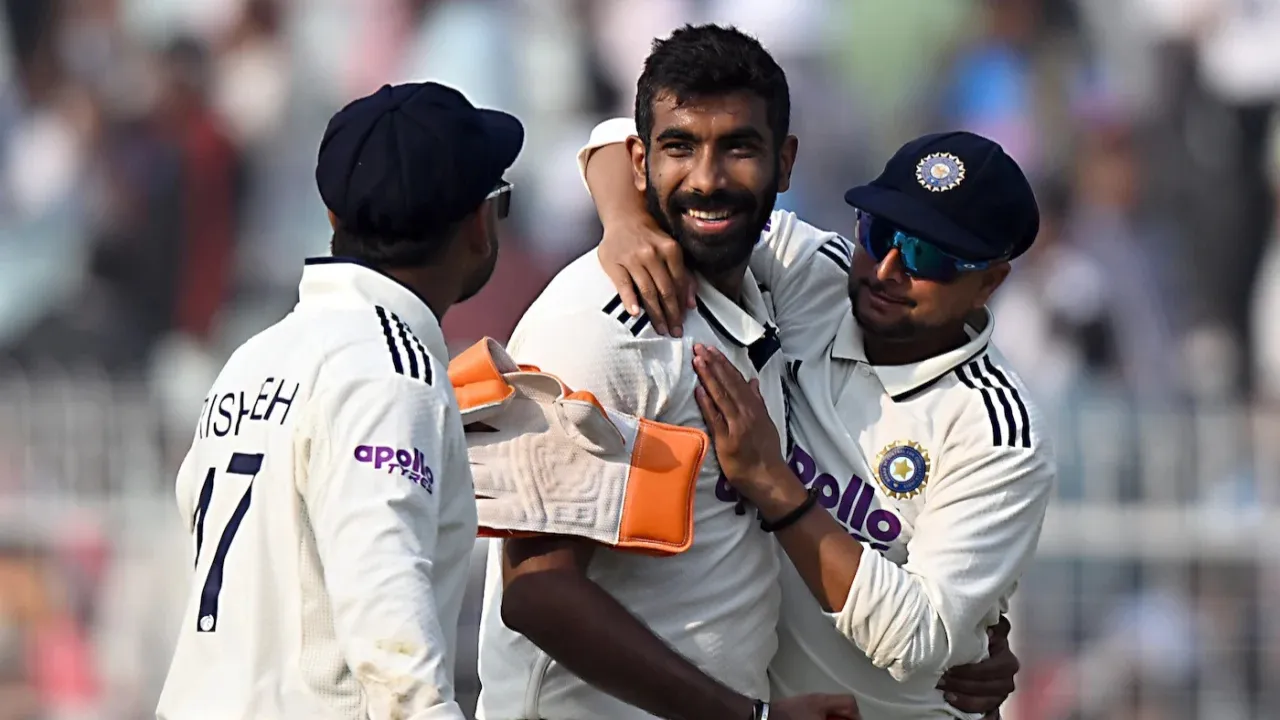








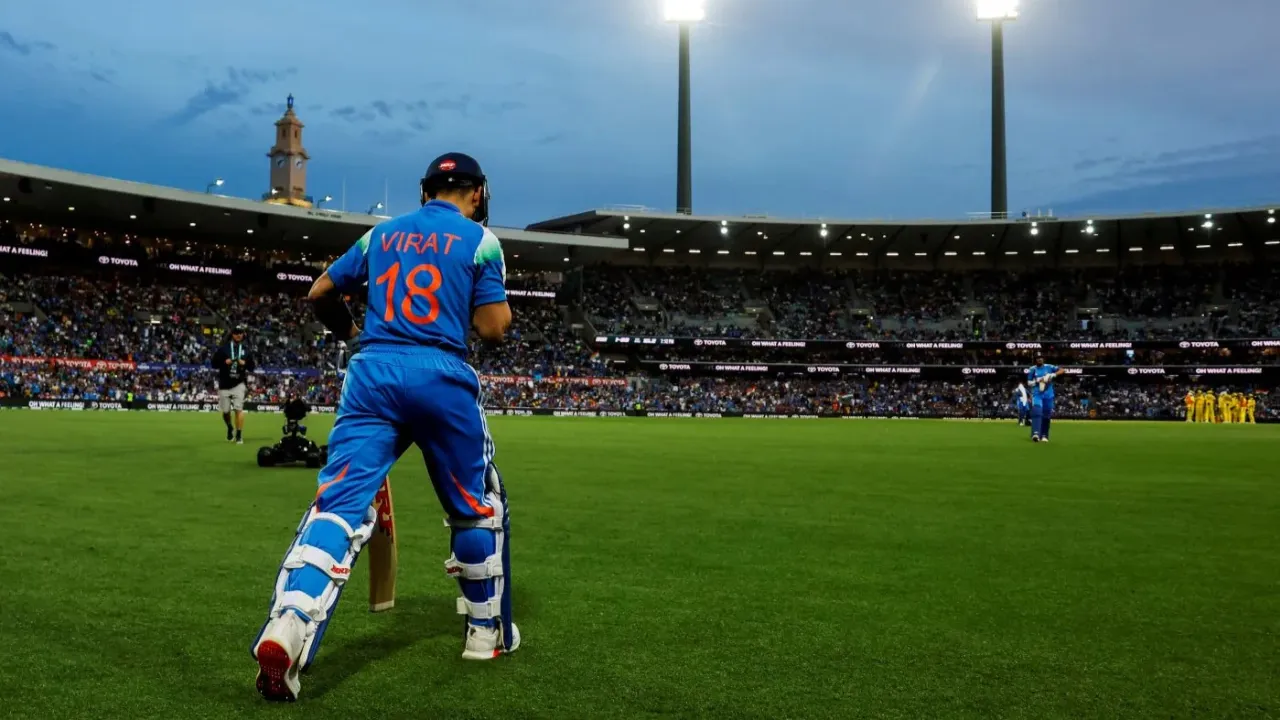
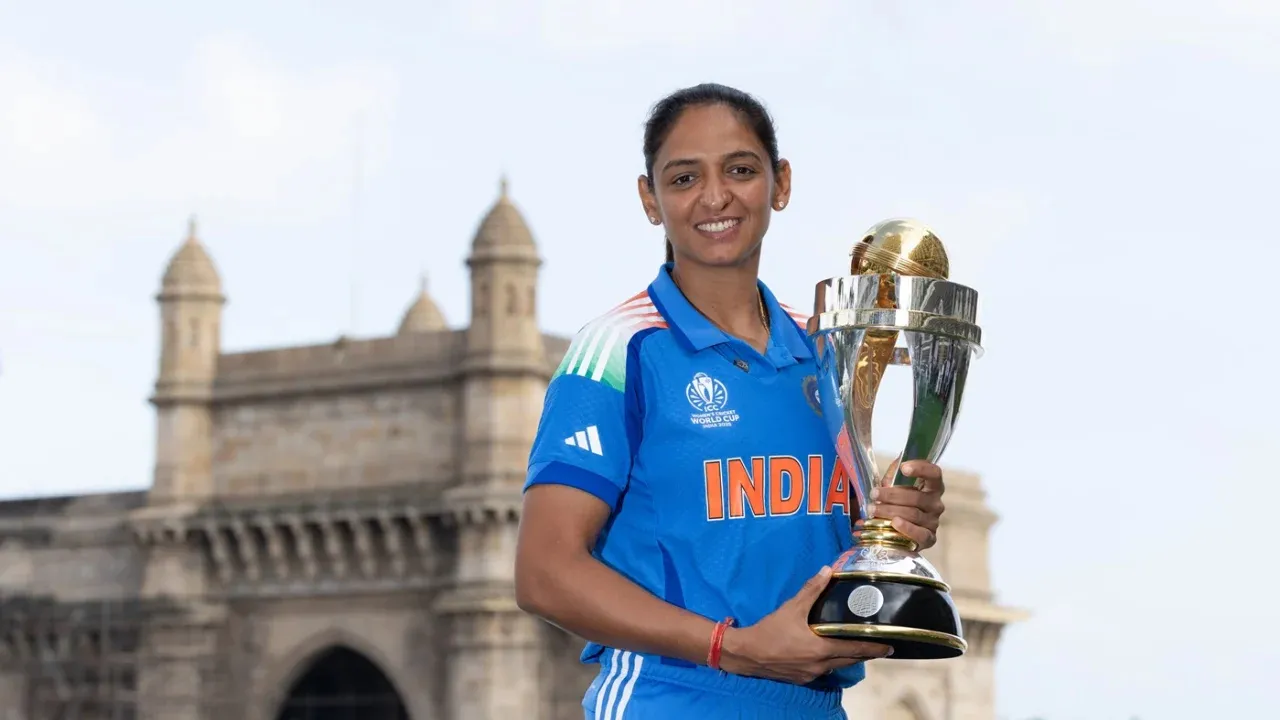
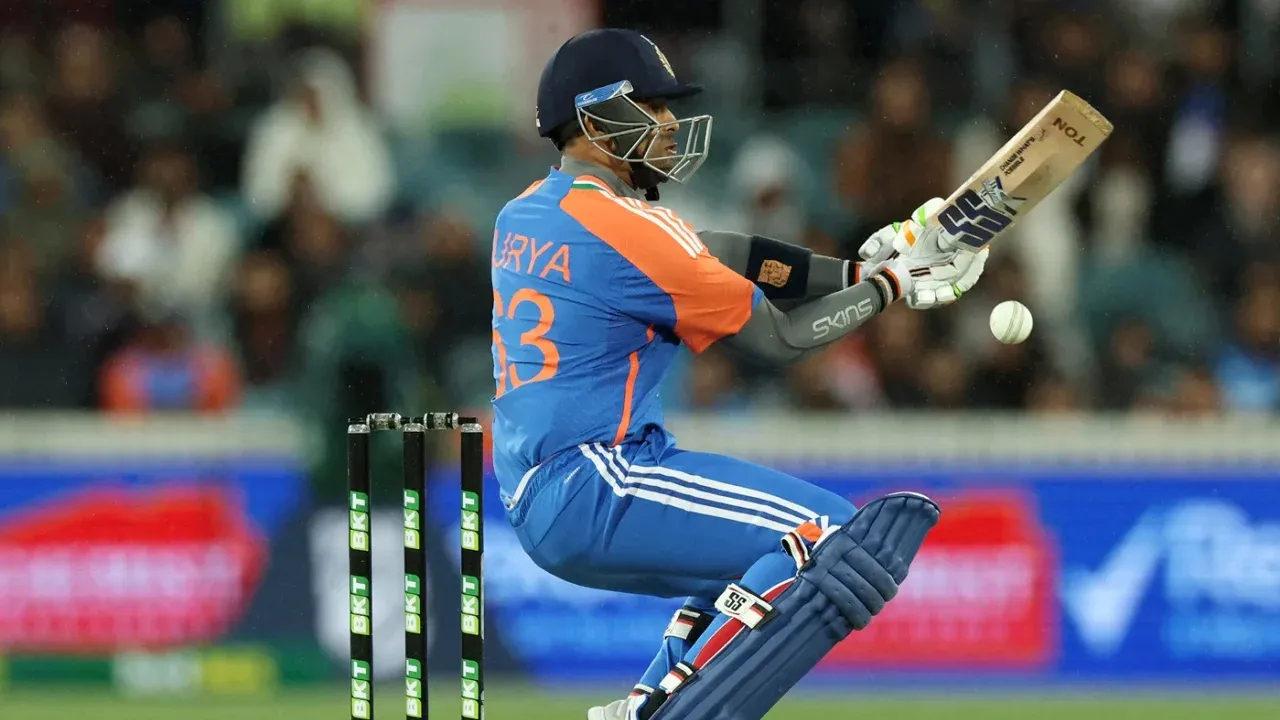
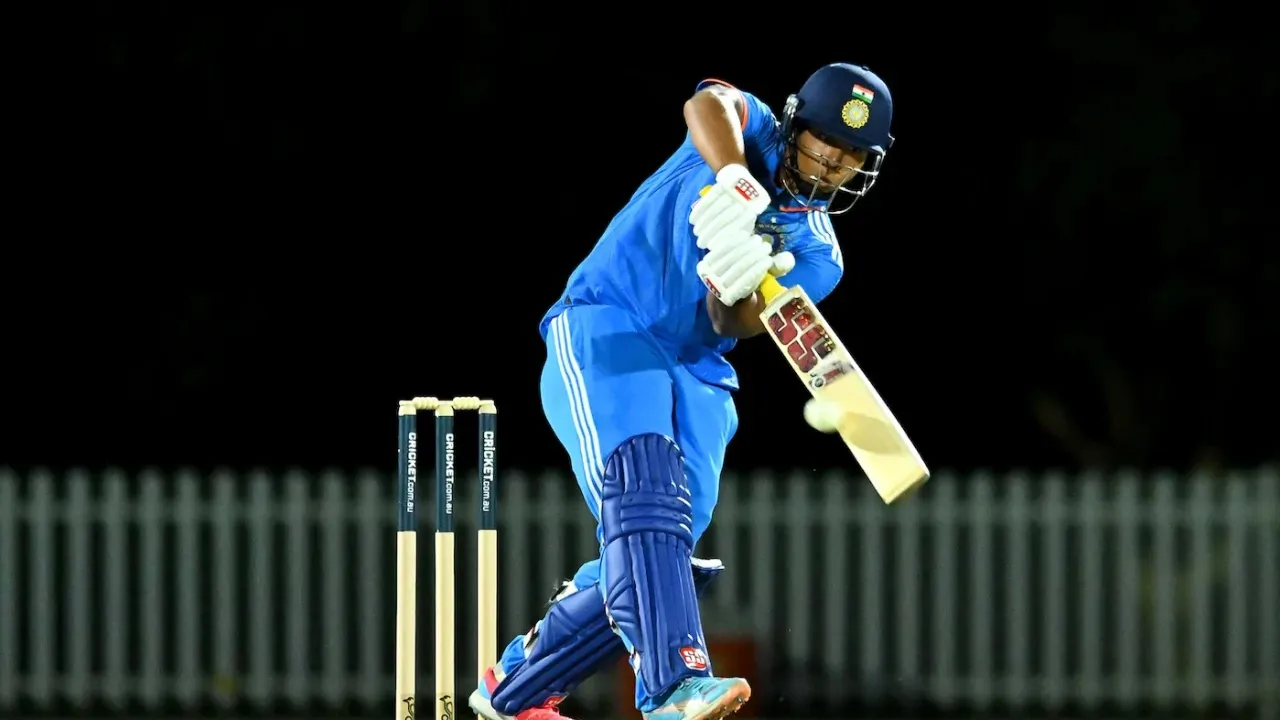
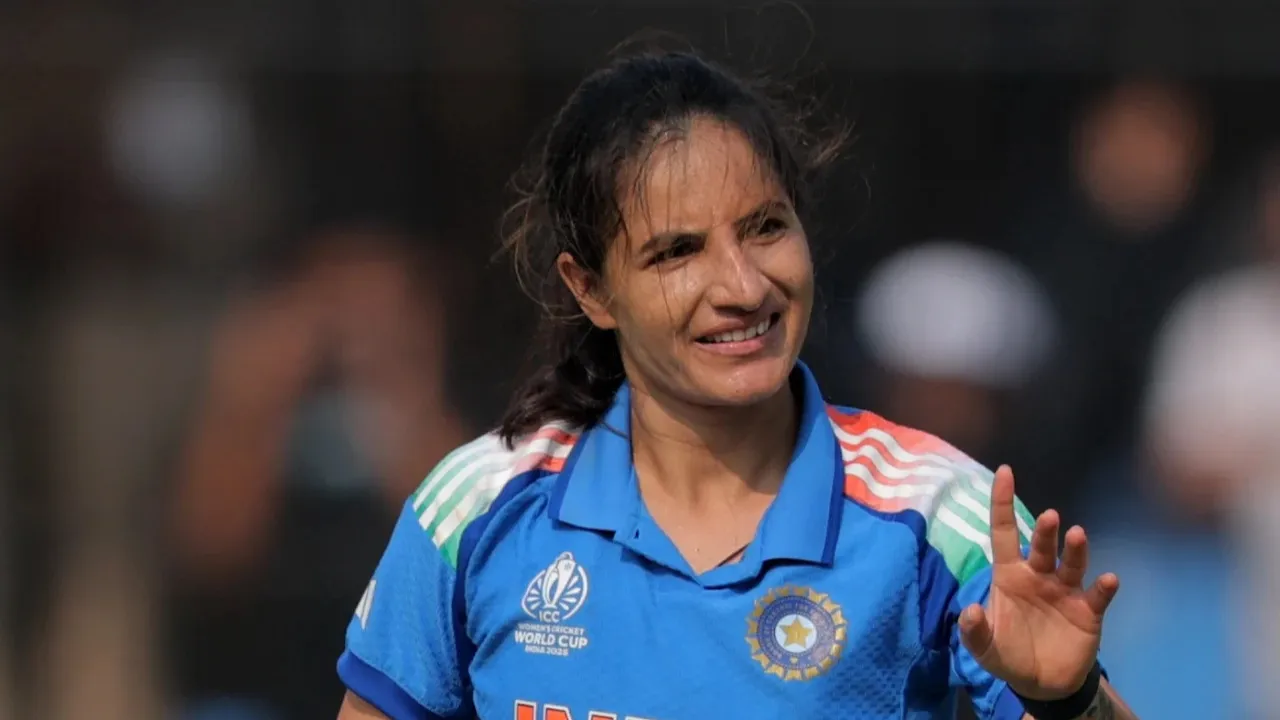
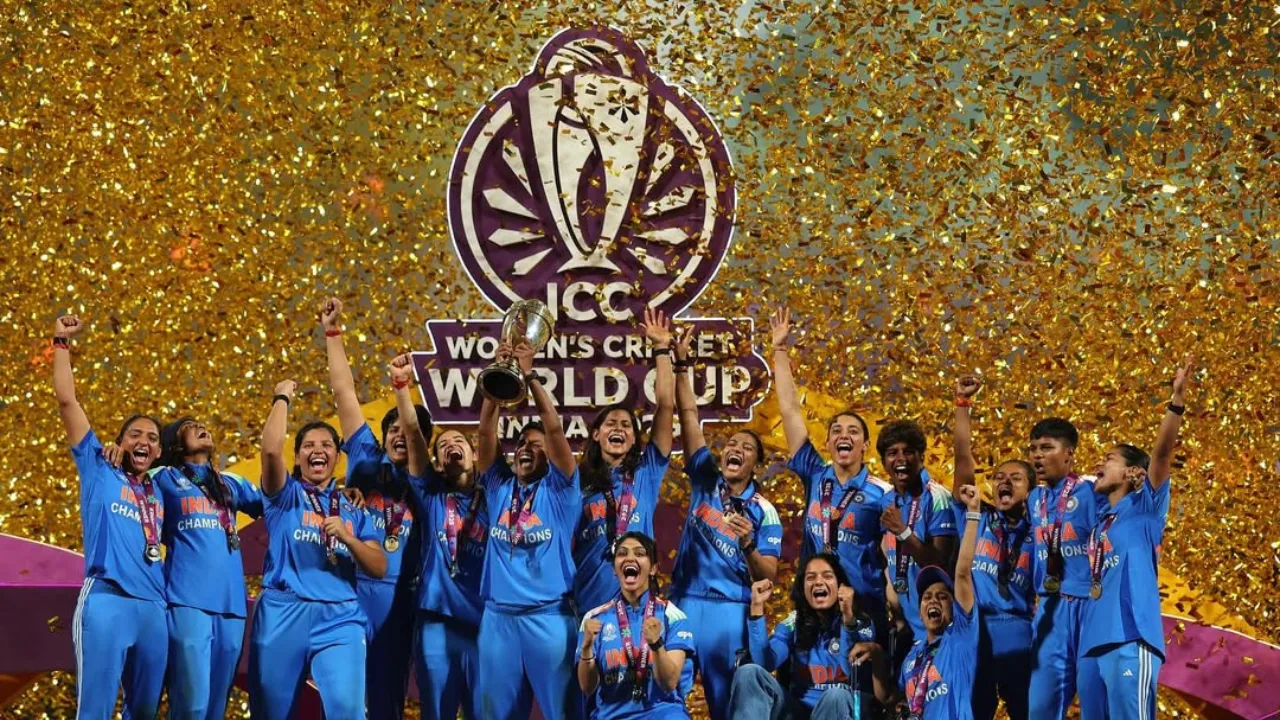
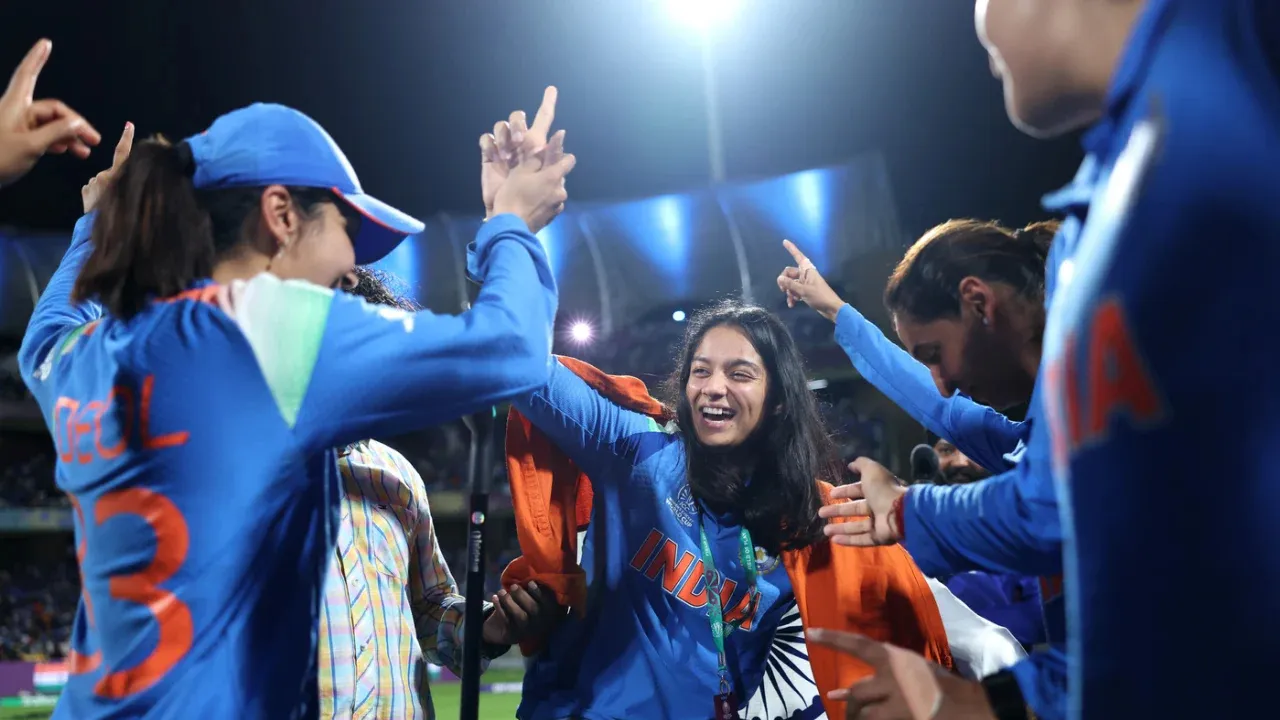
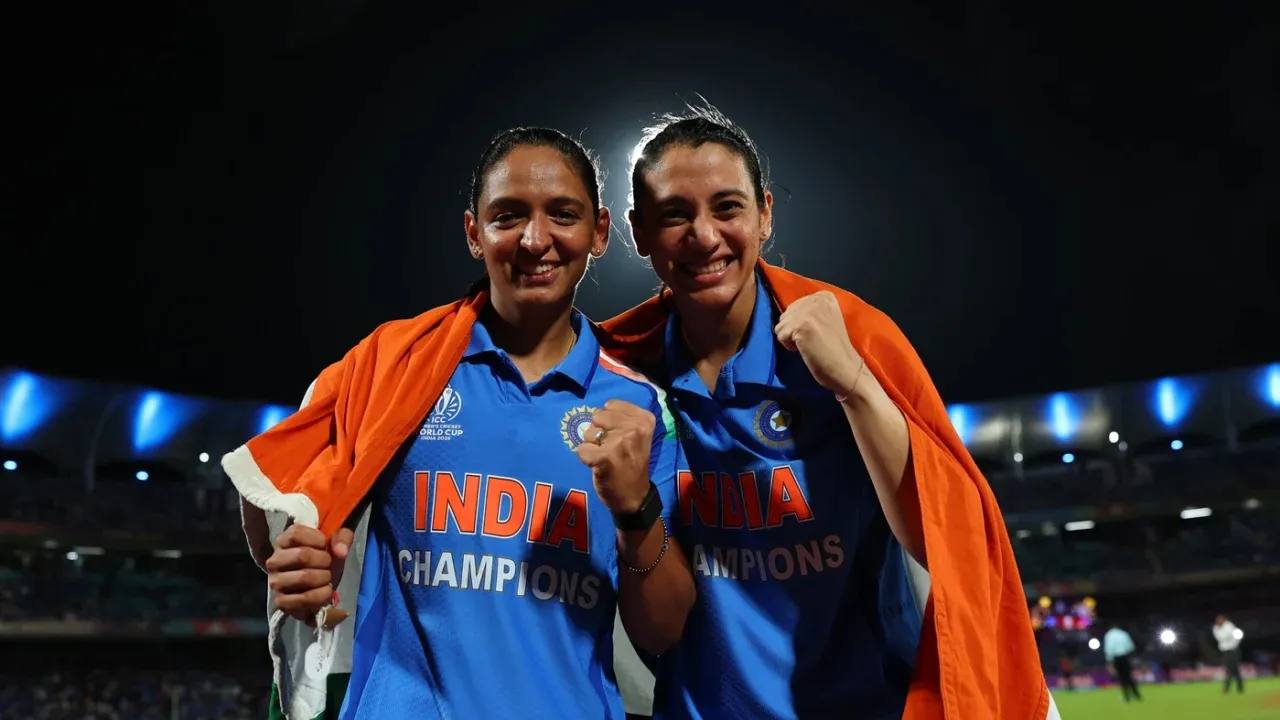
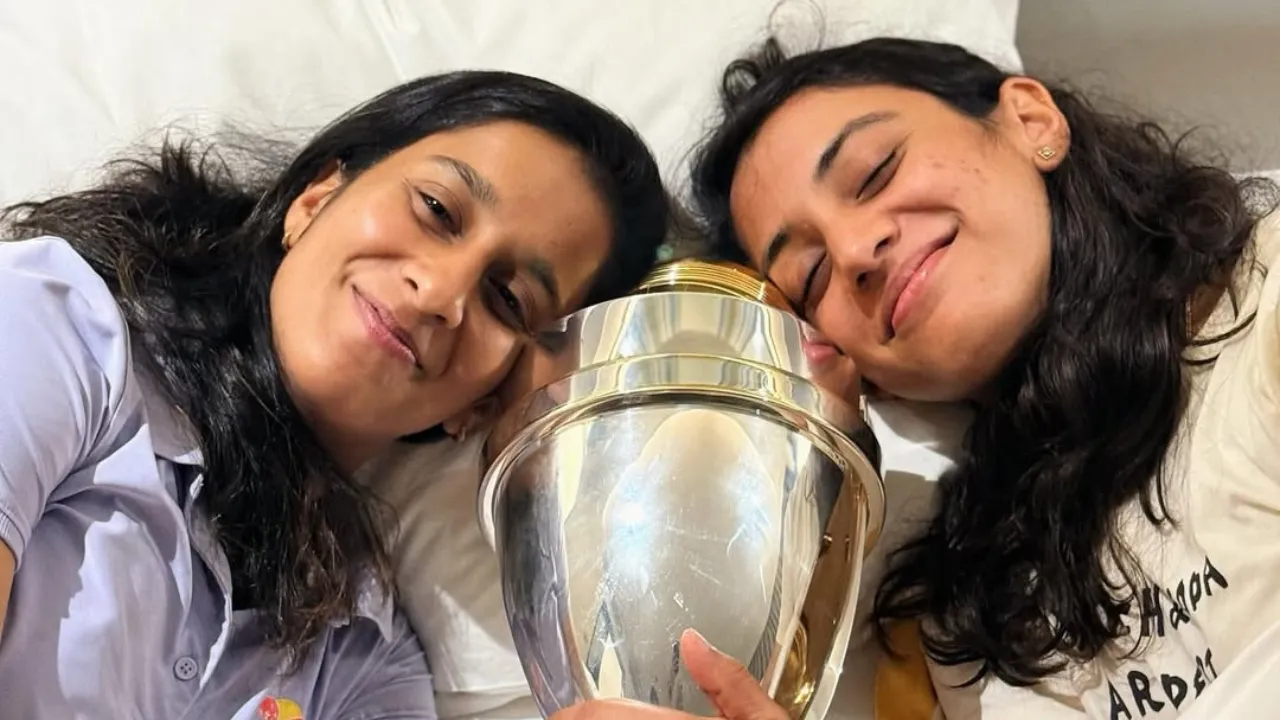

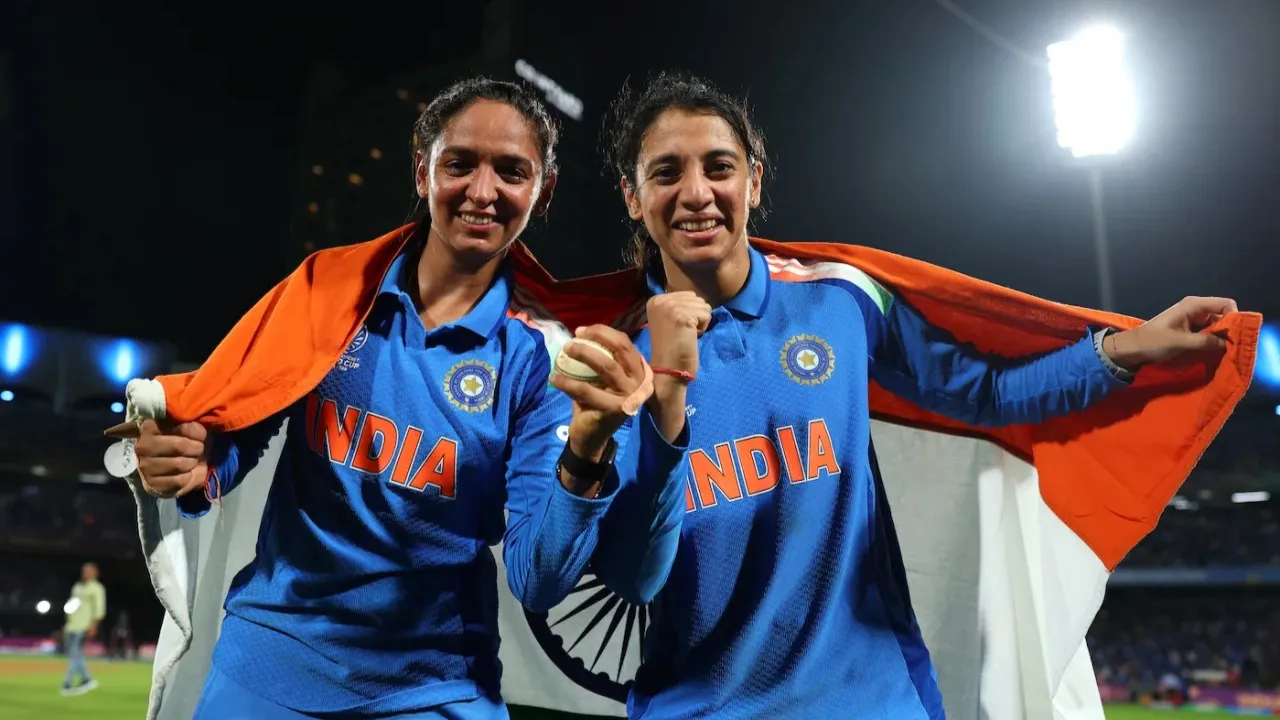

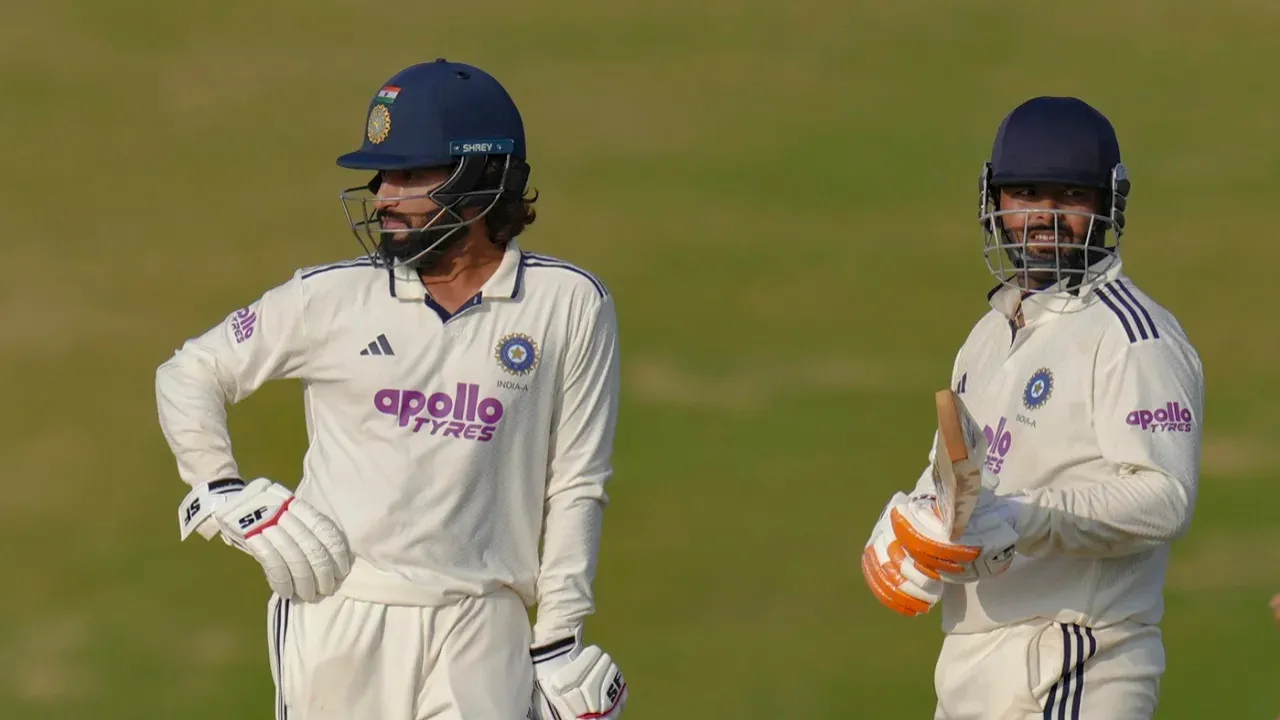
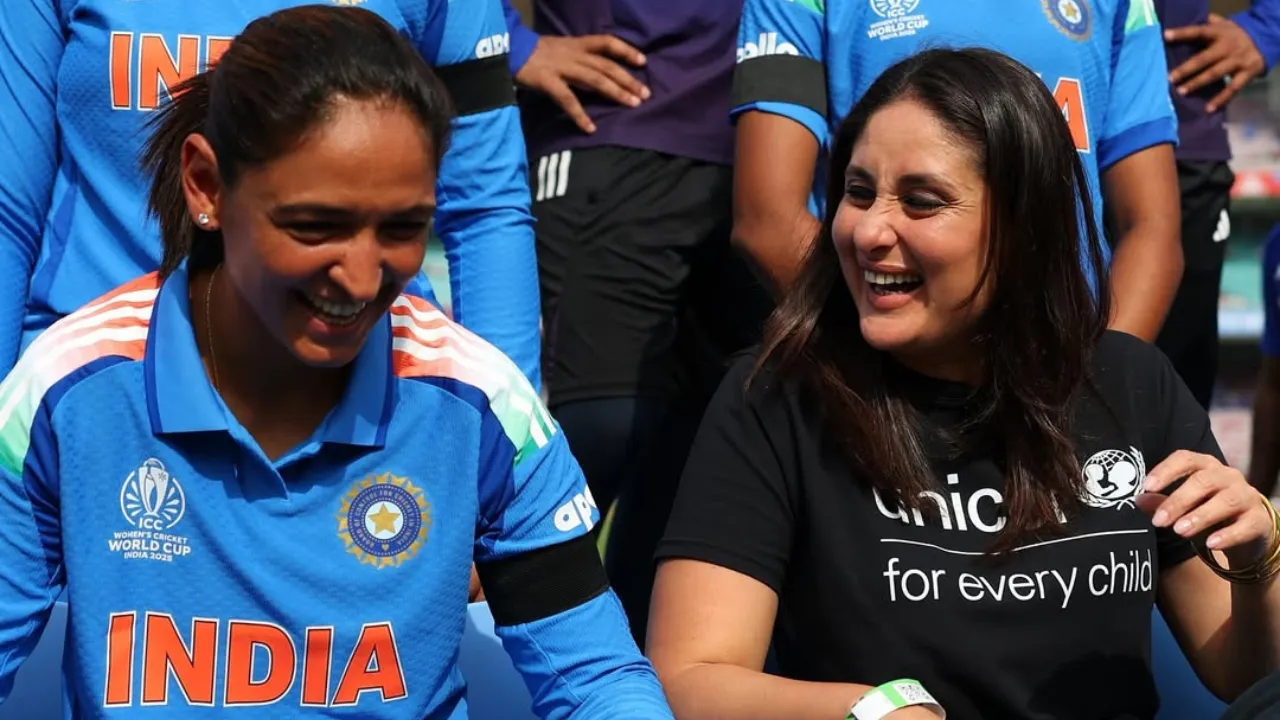
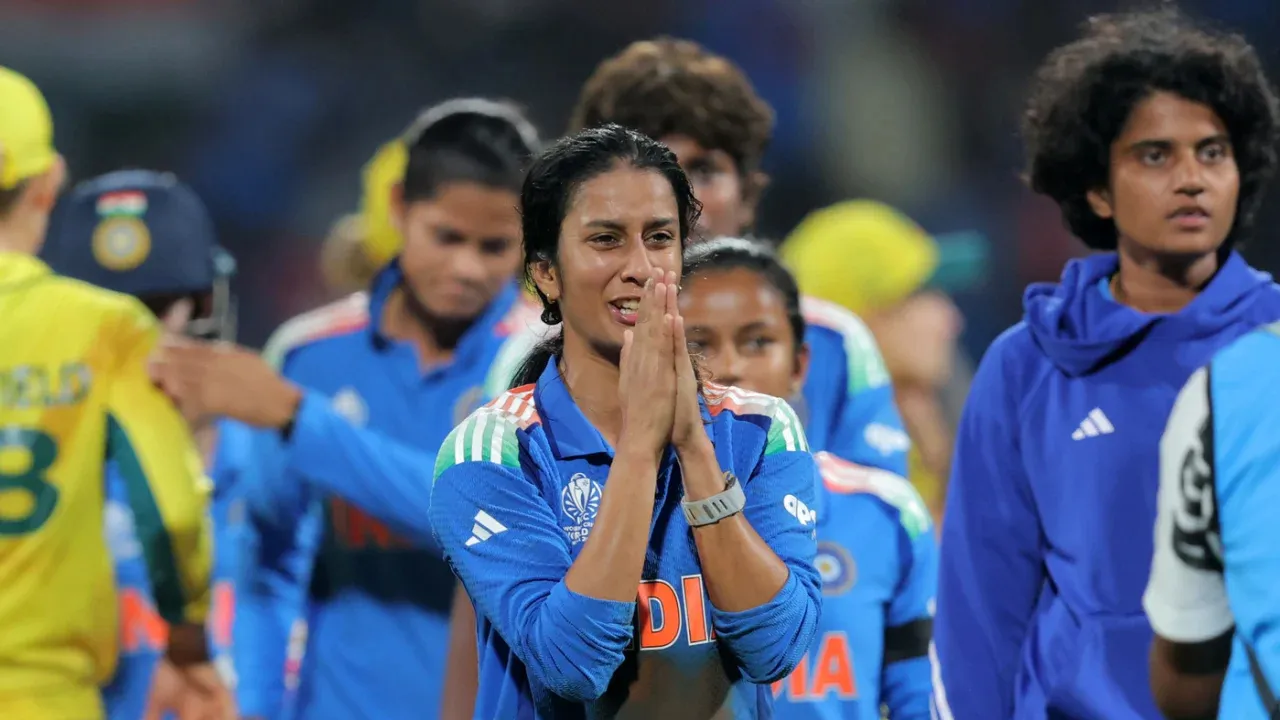
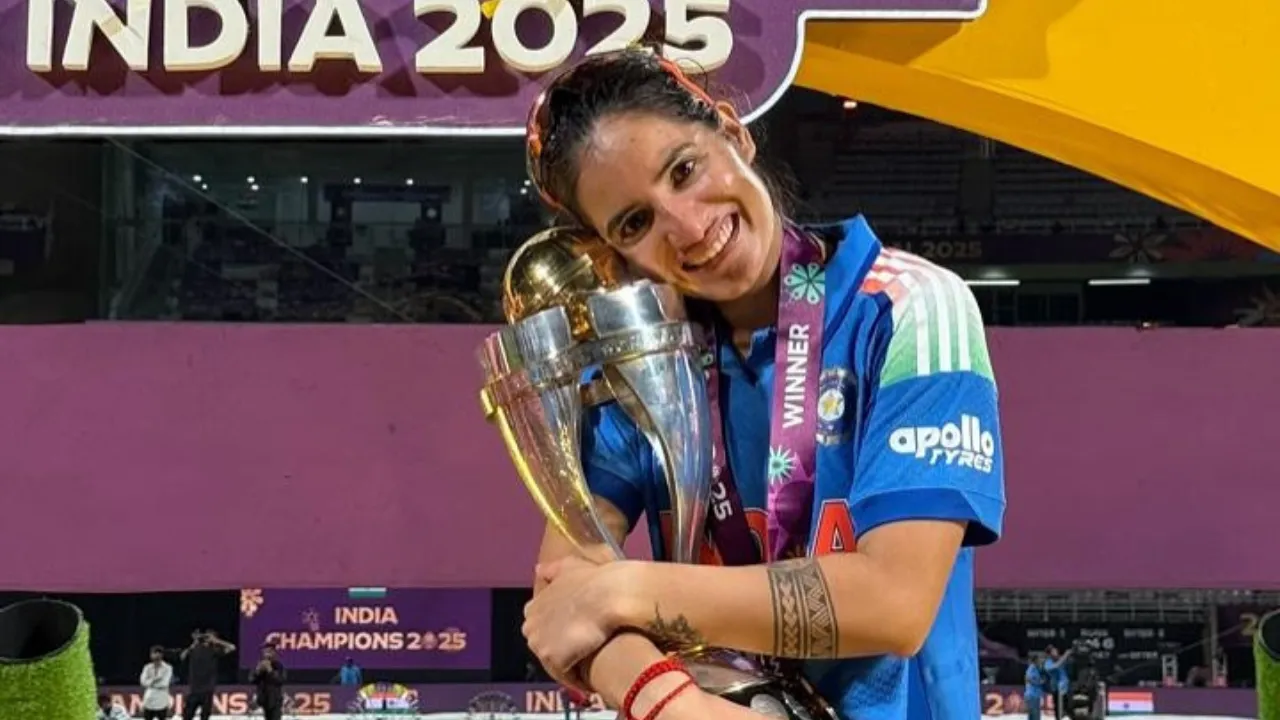






“You can’t do that after 10 balls”: Kumble slams Rishabh Pant’s dismissal